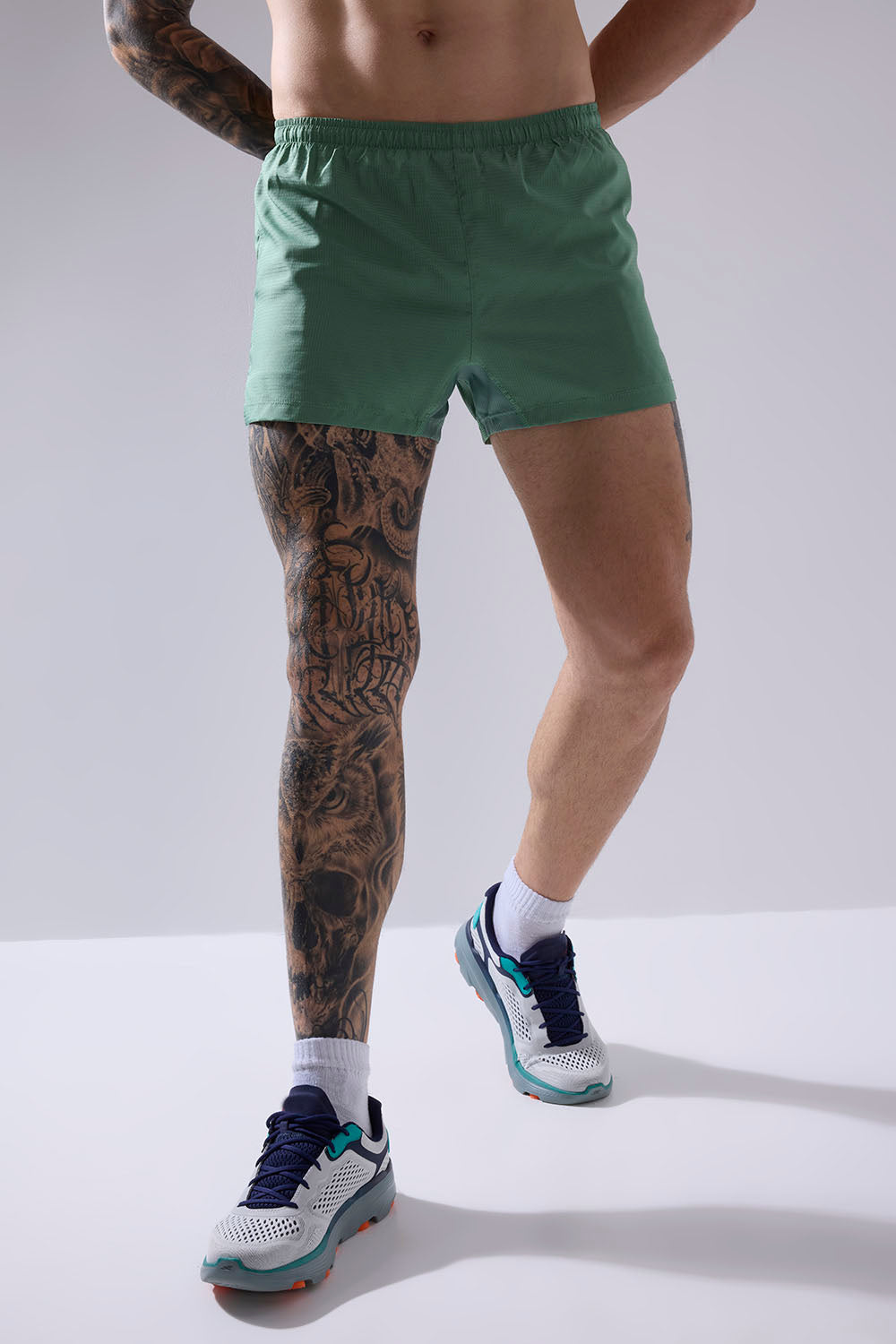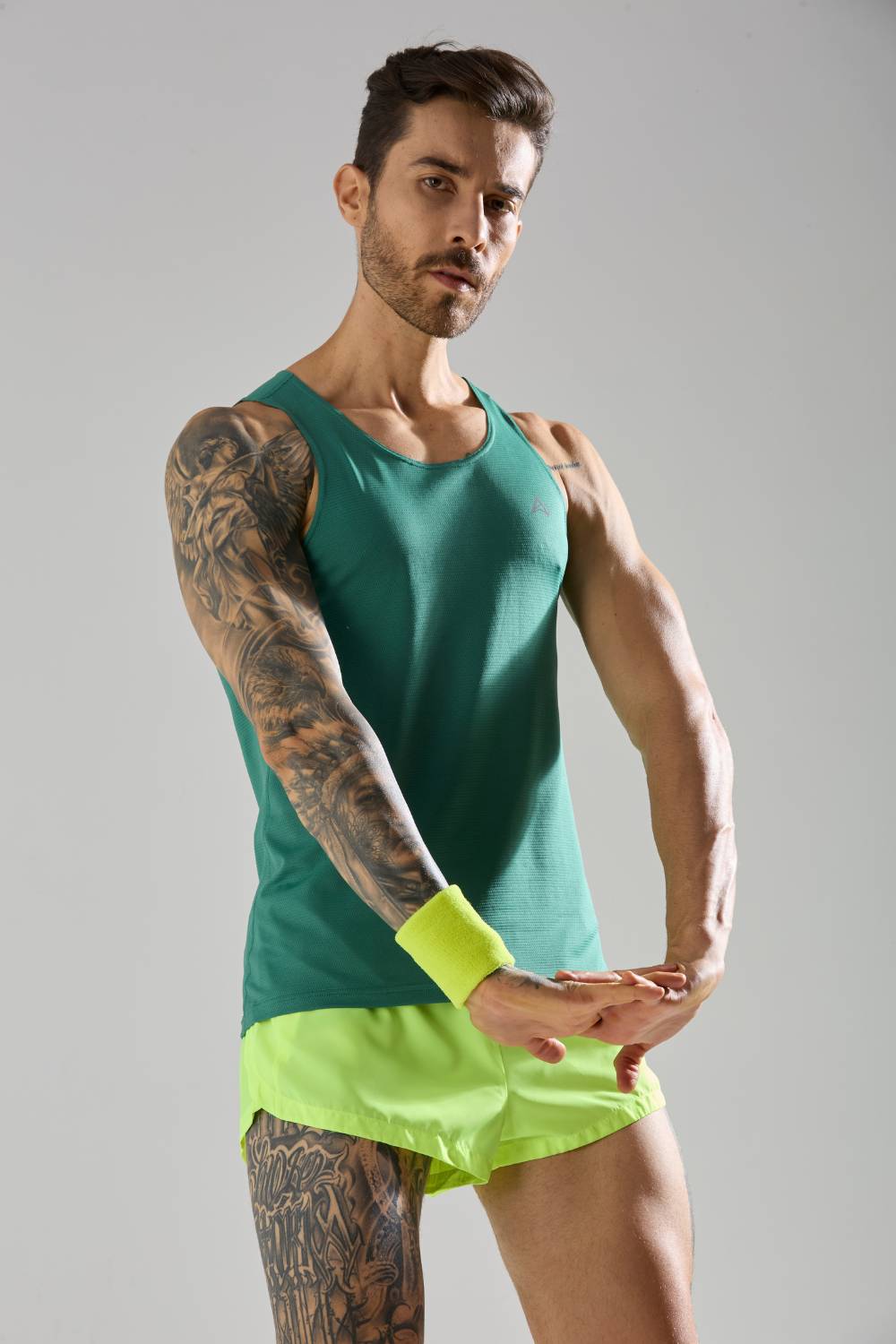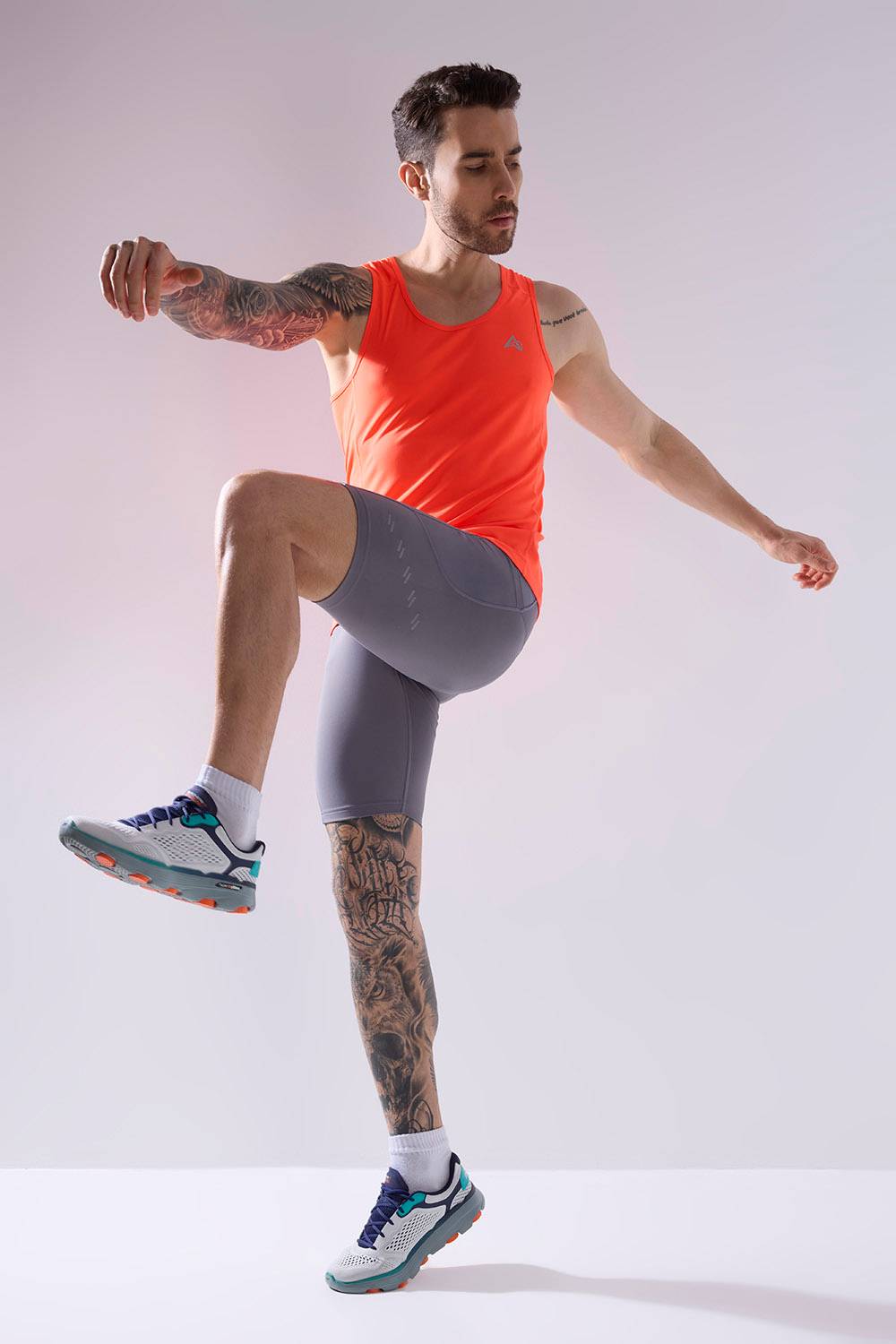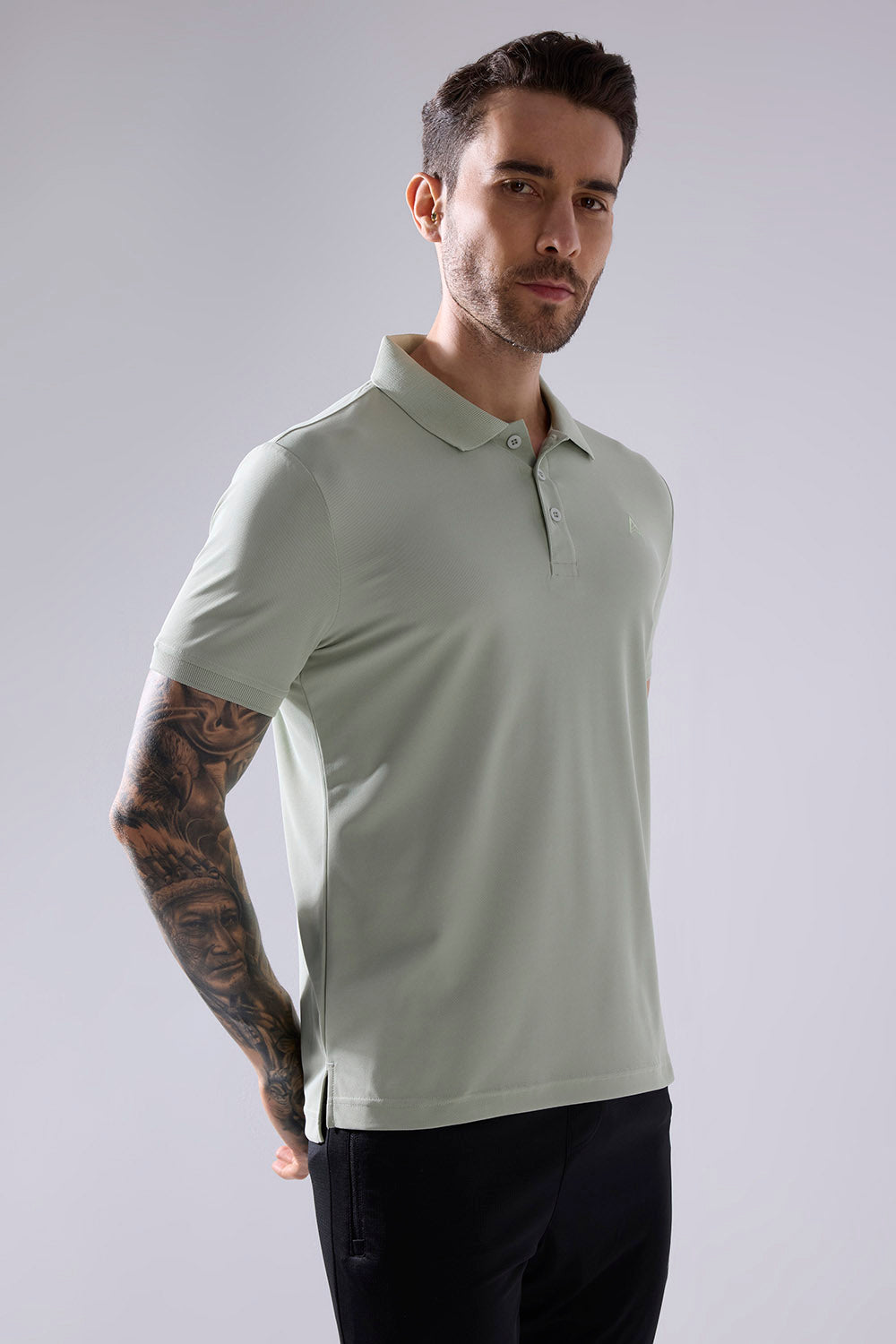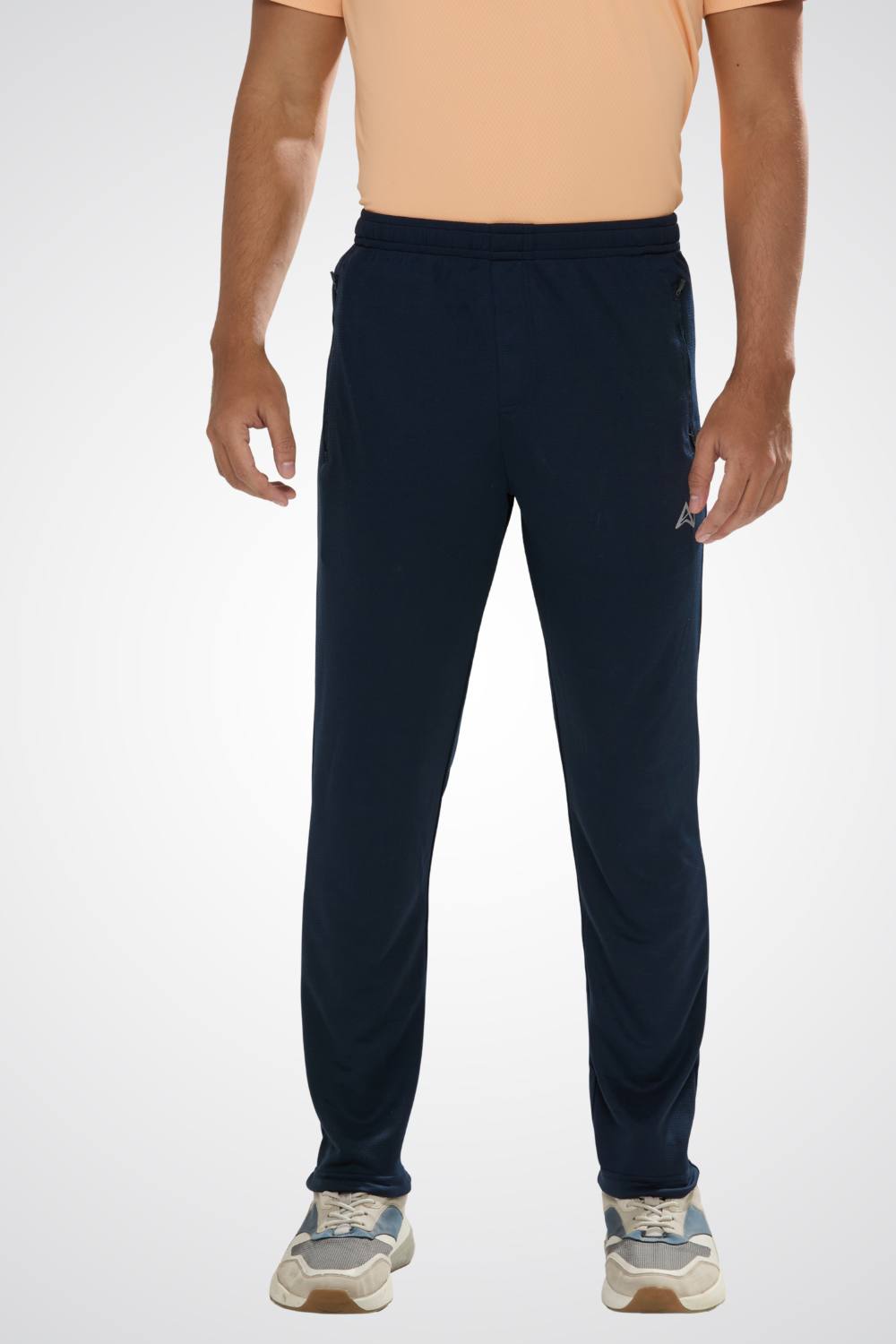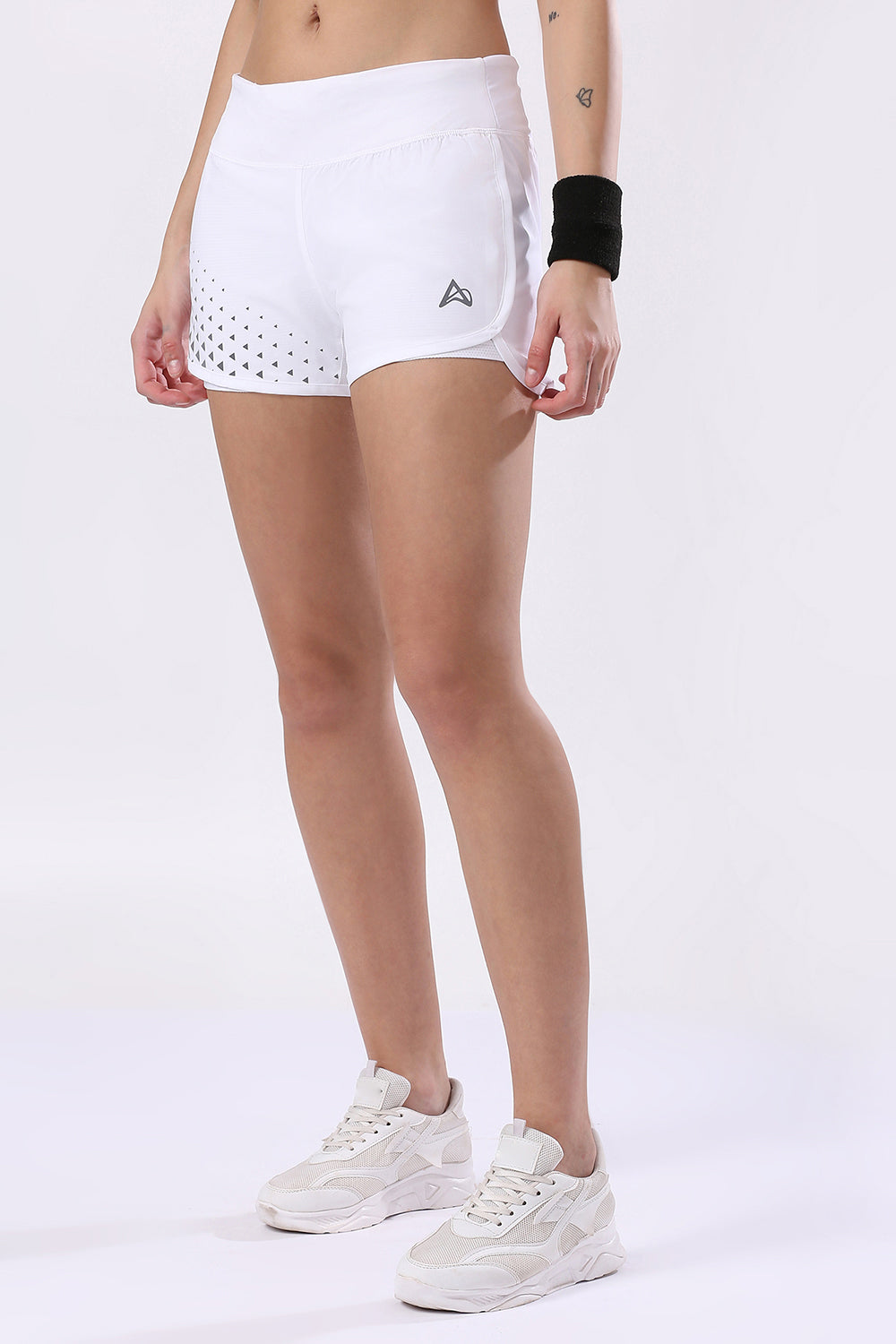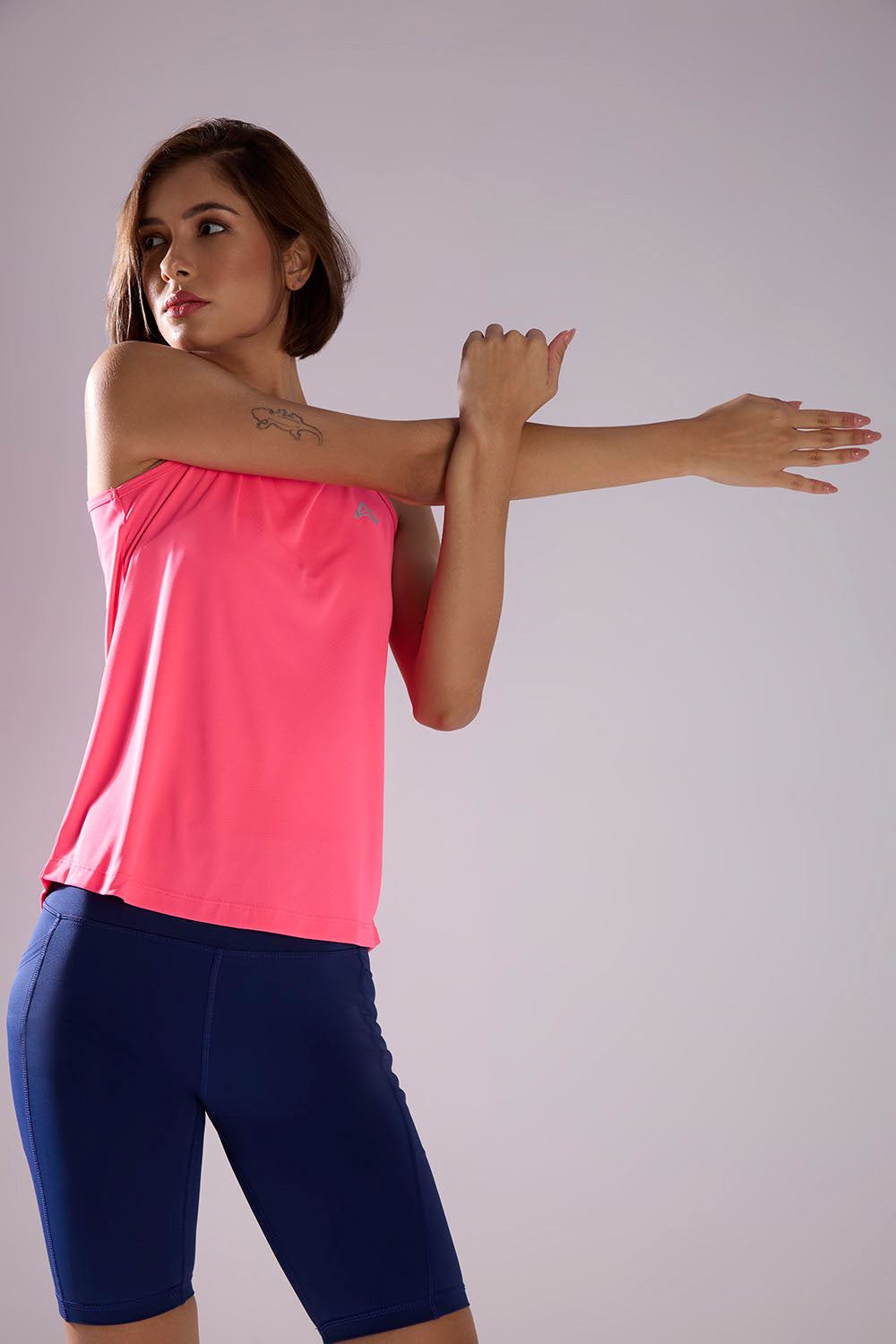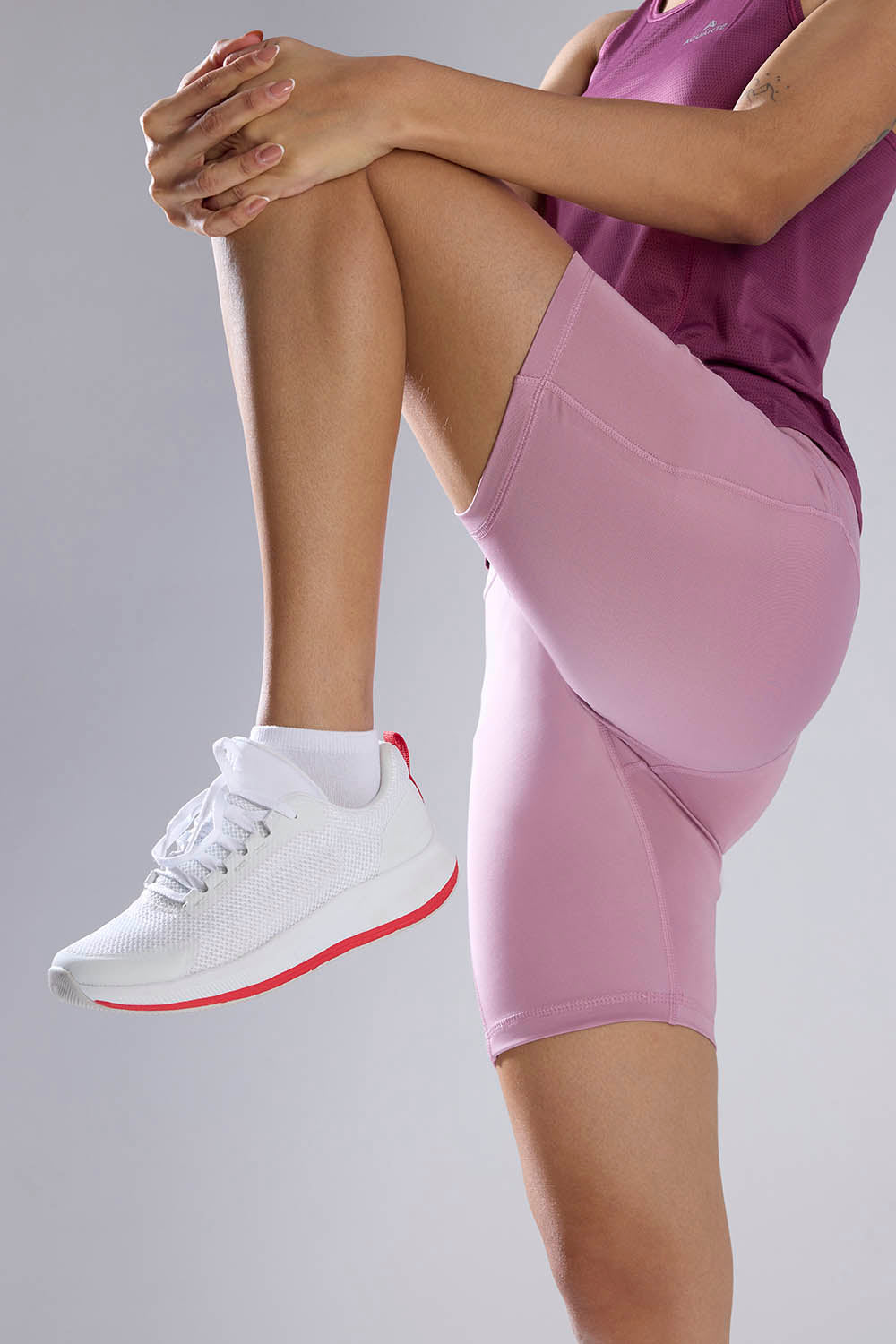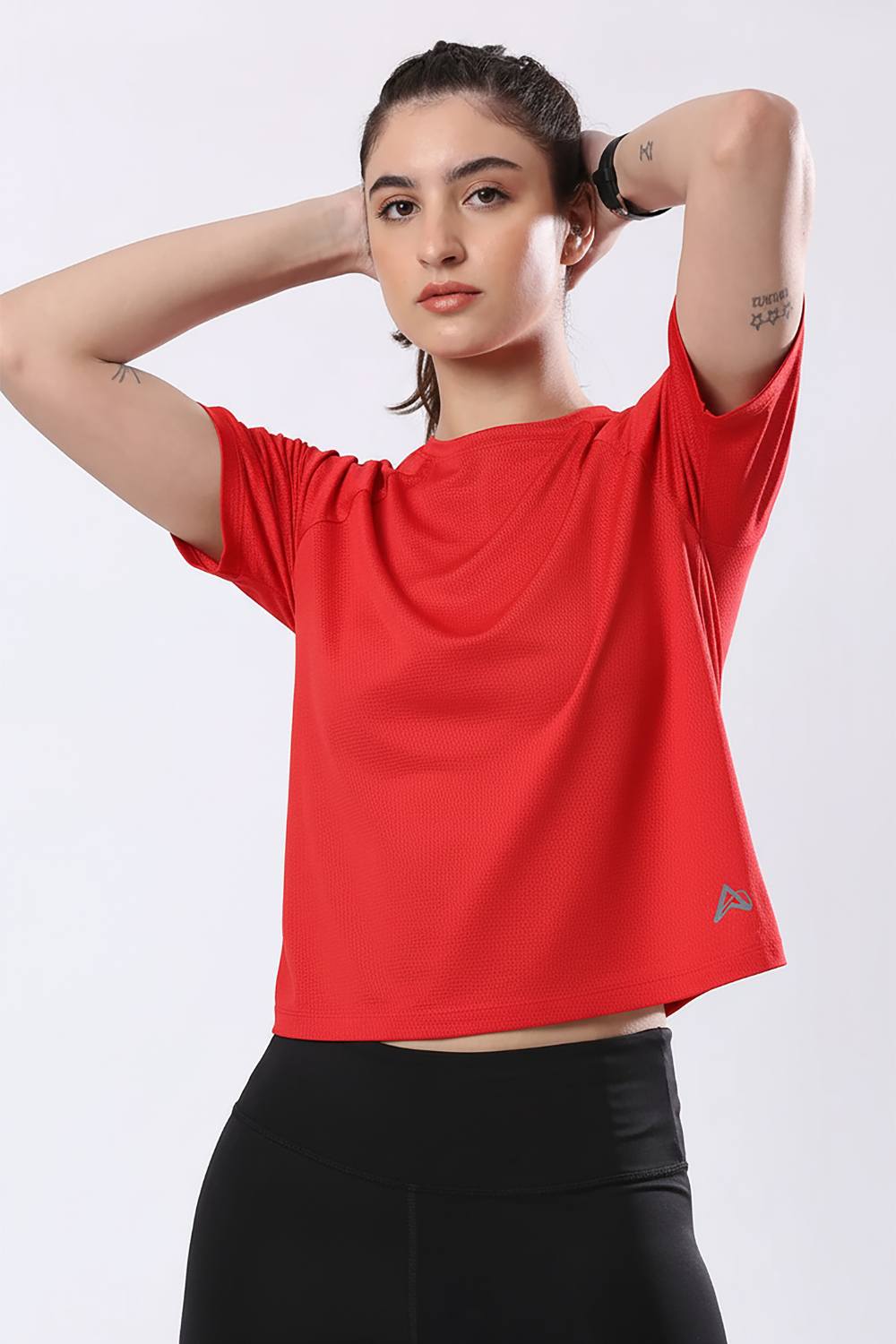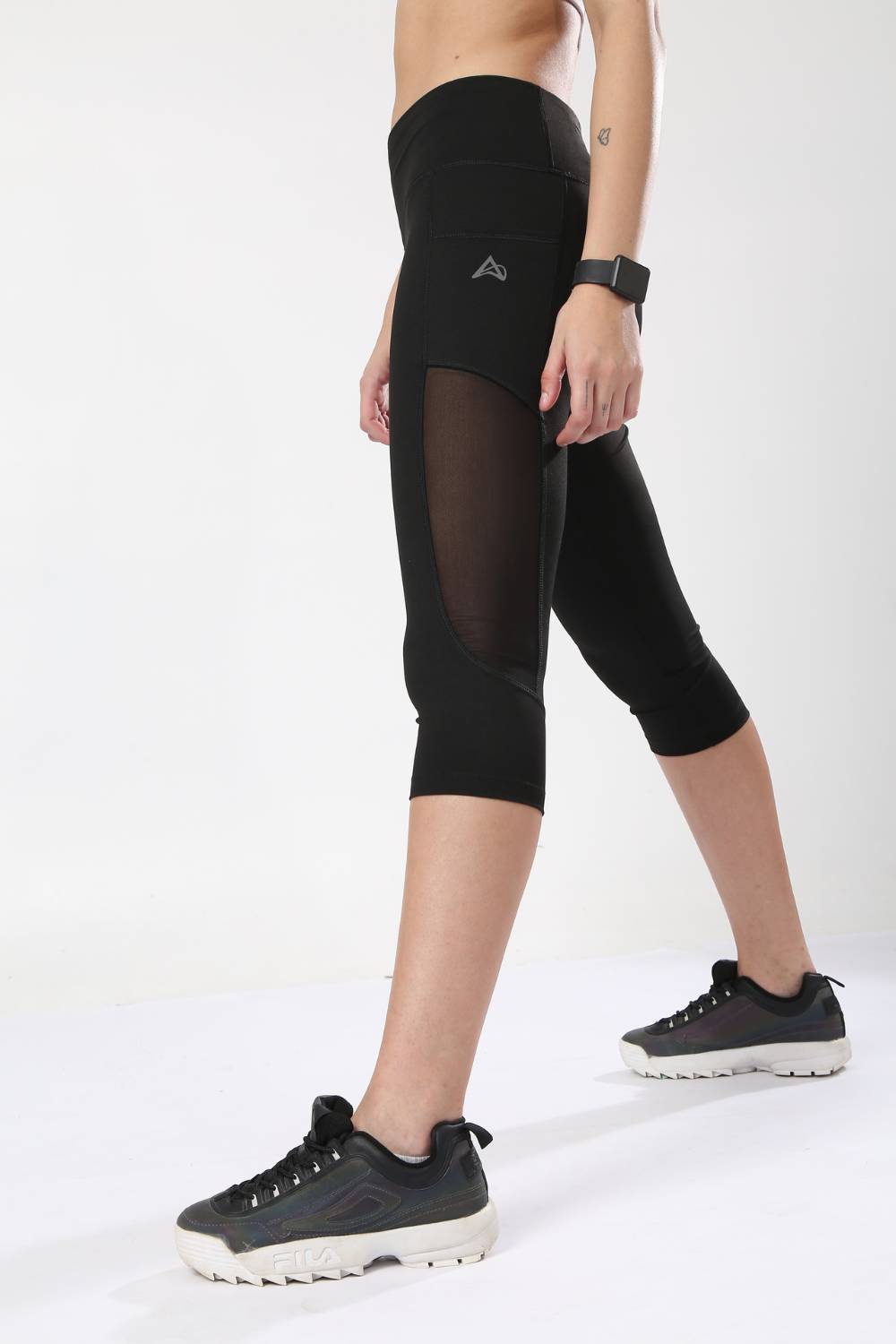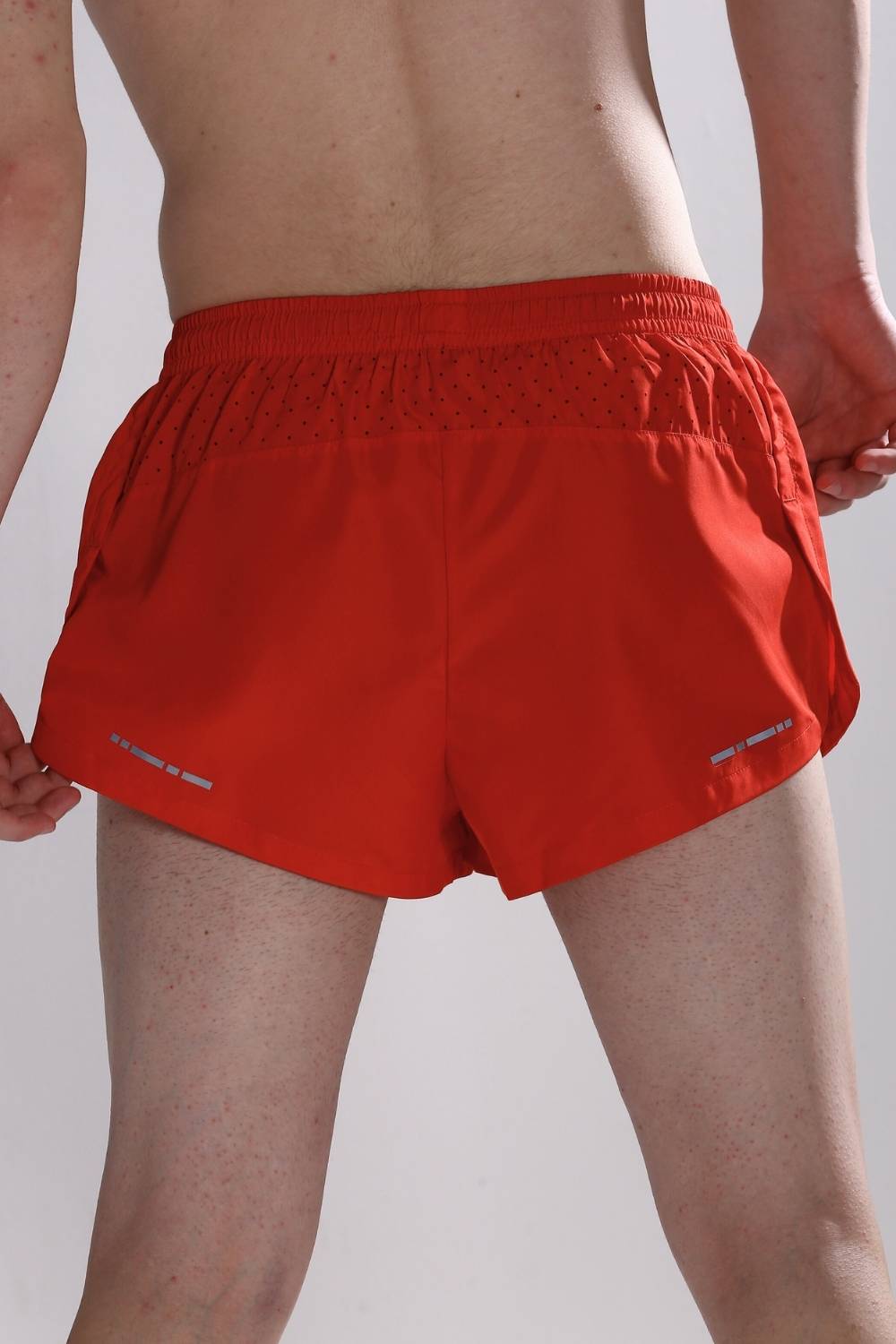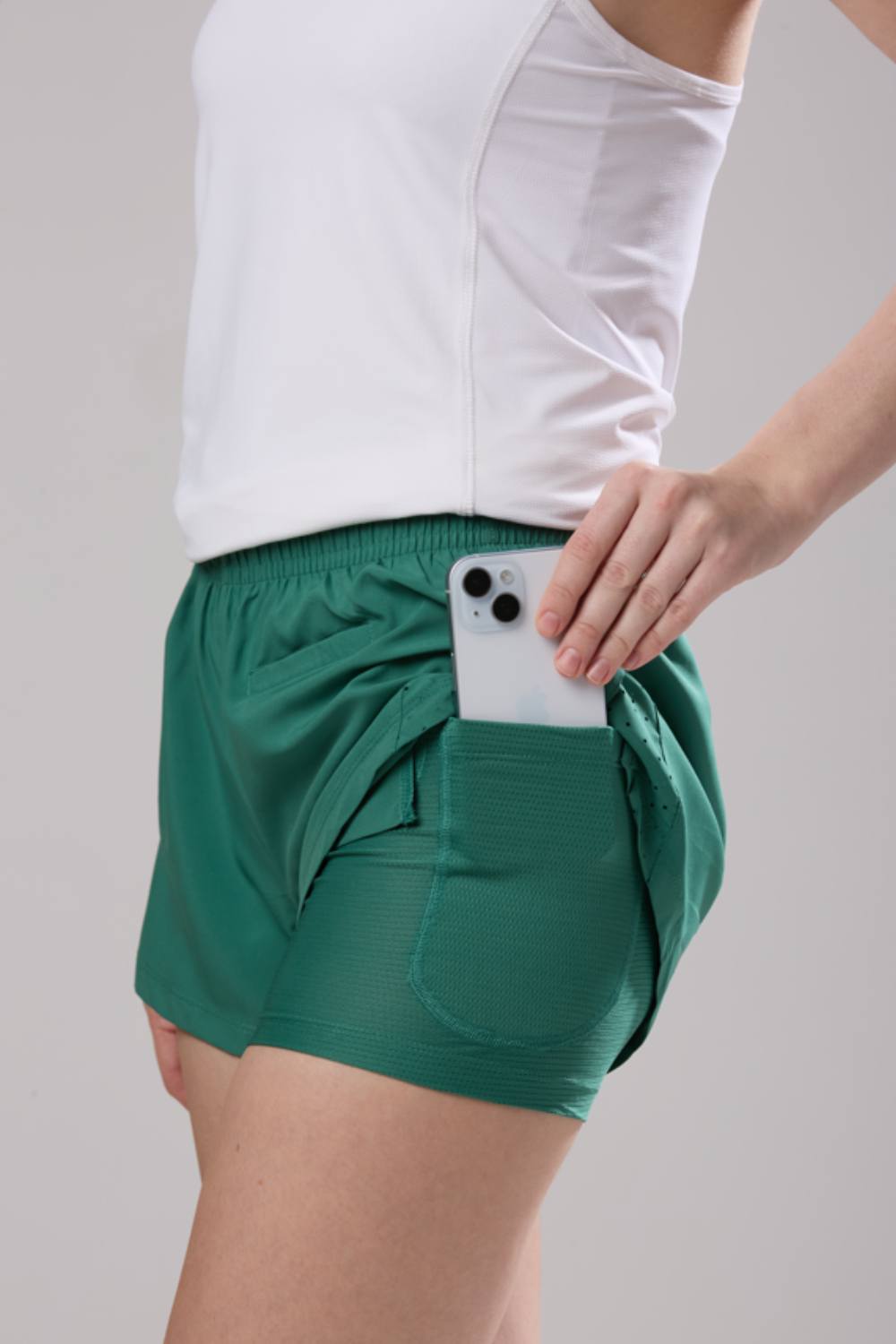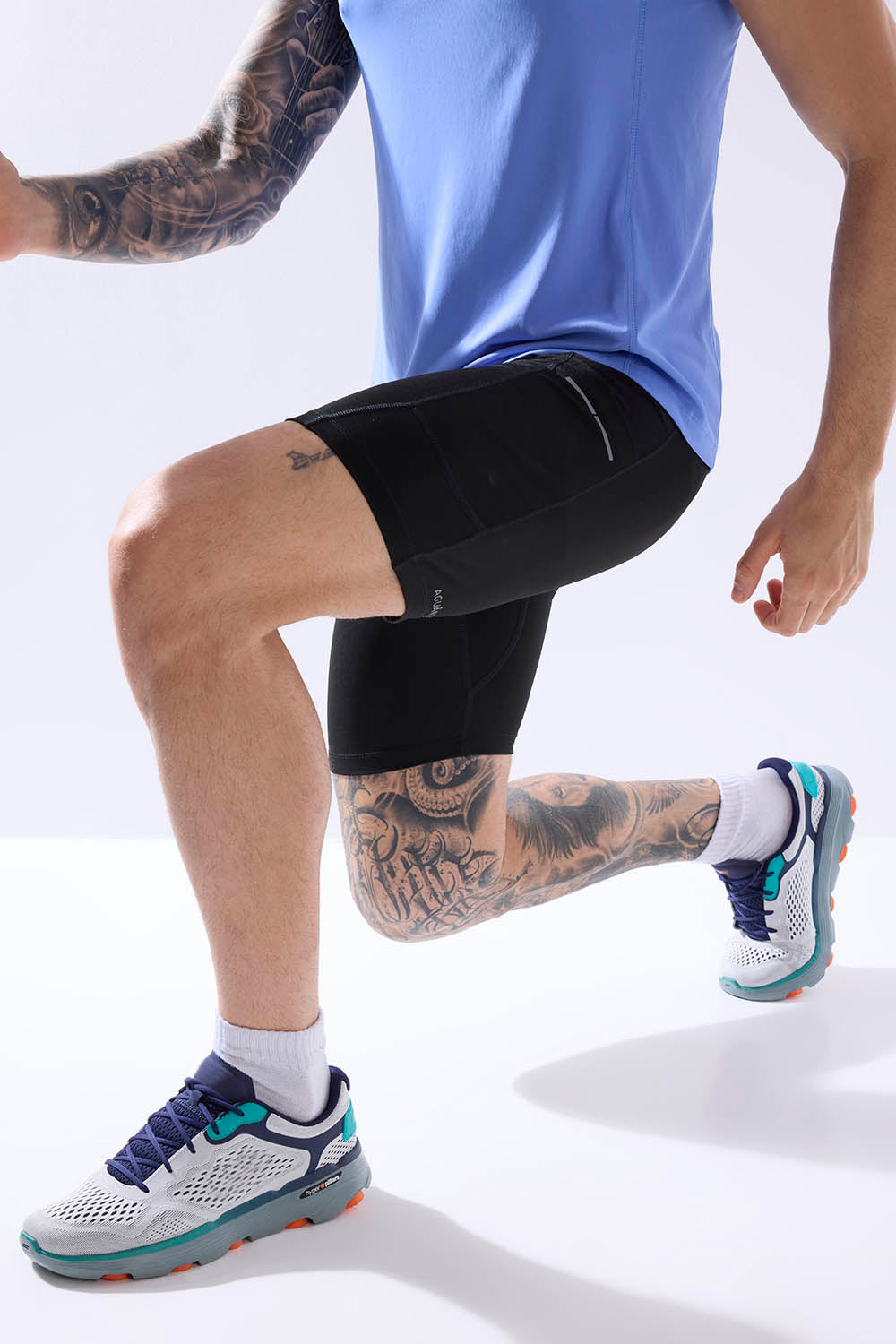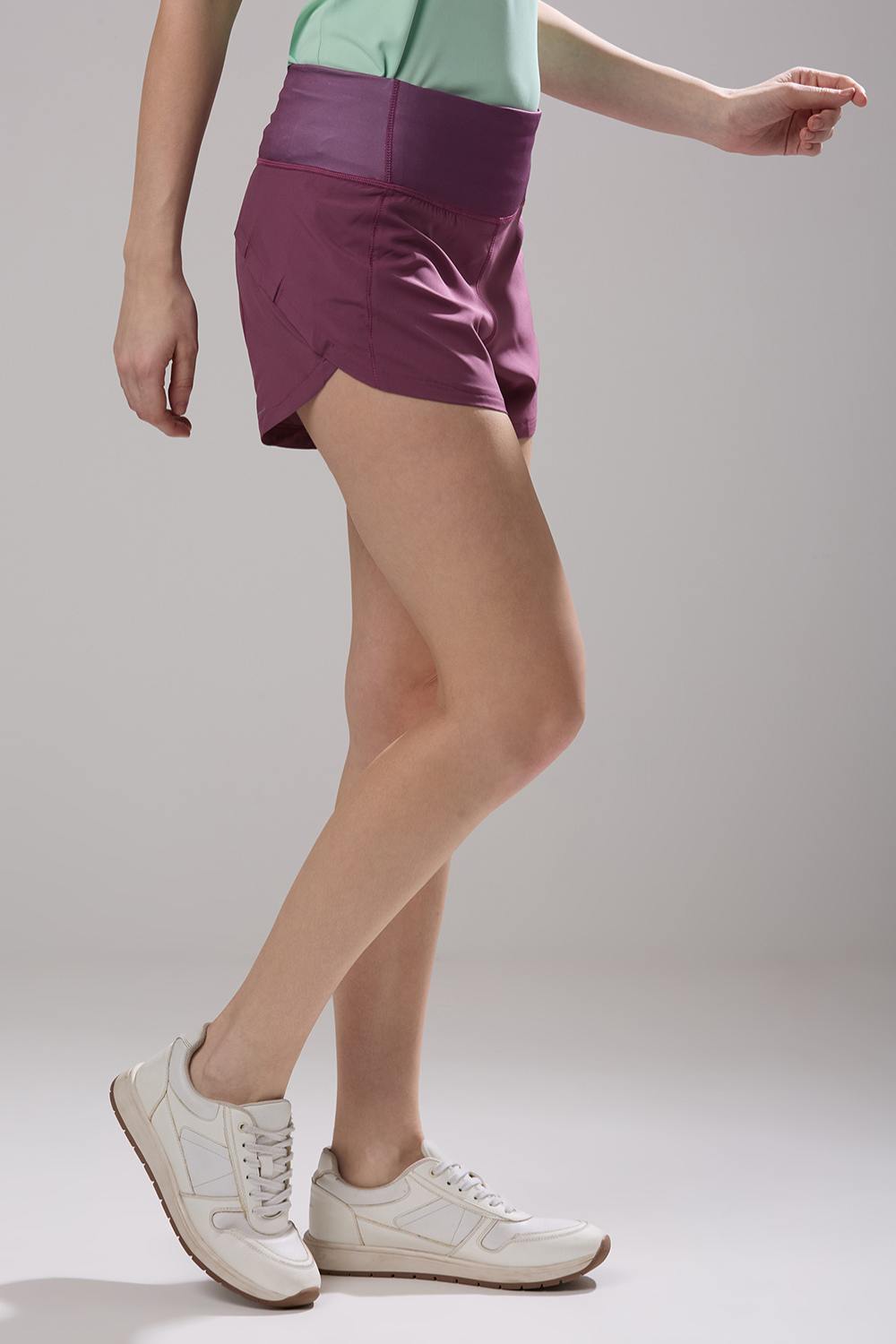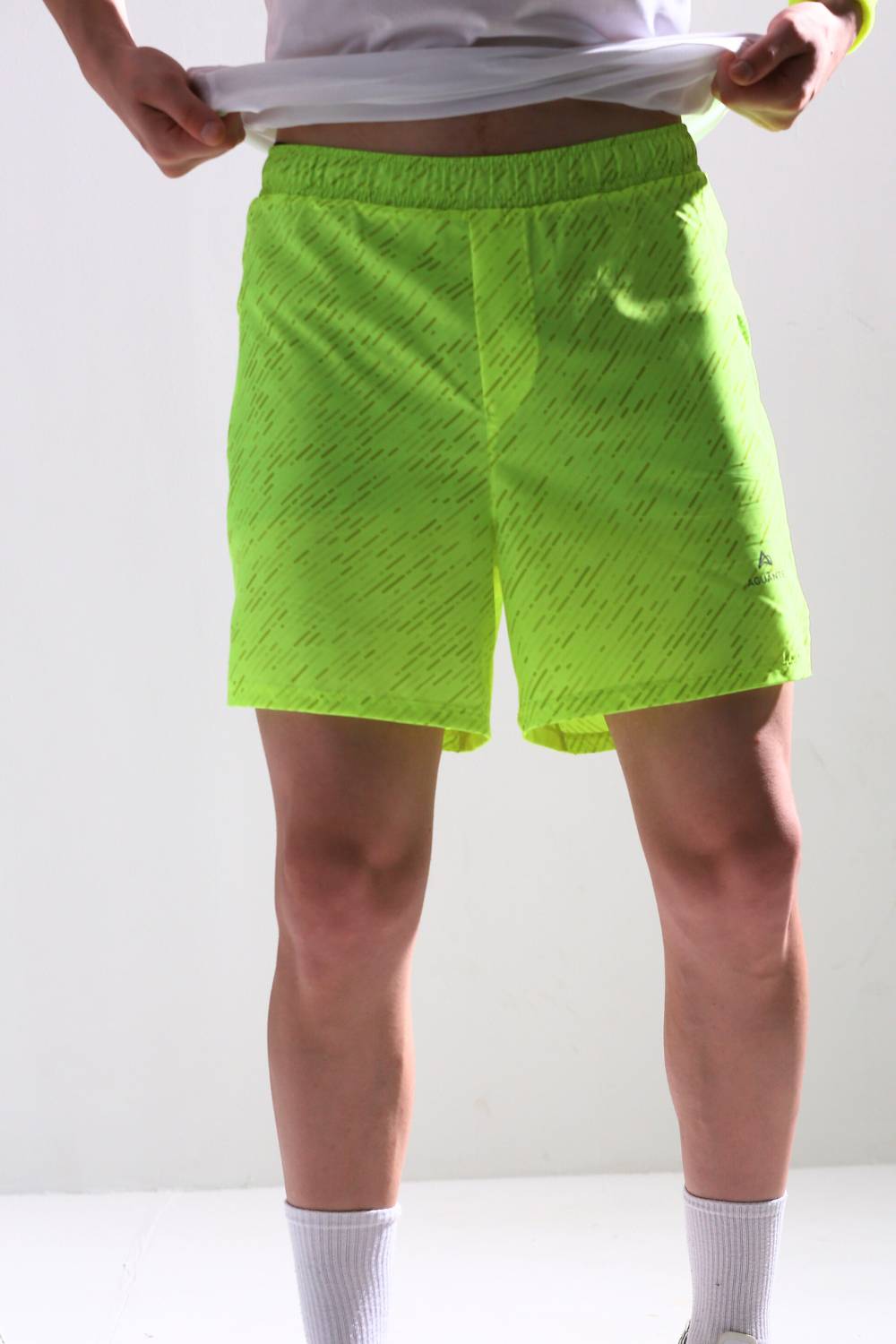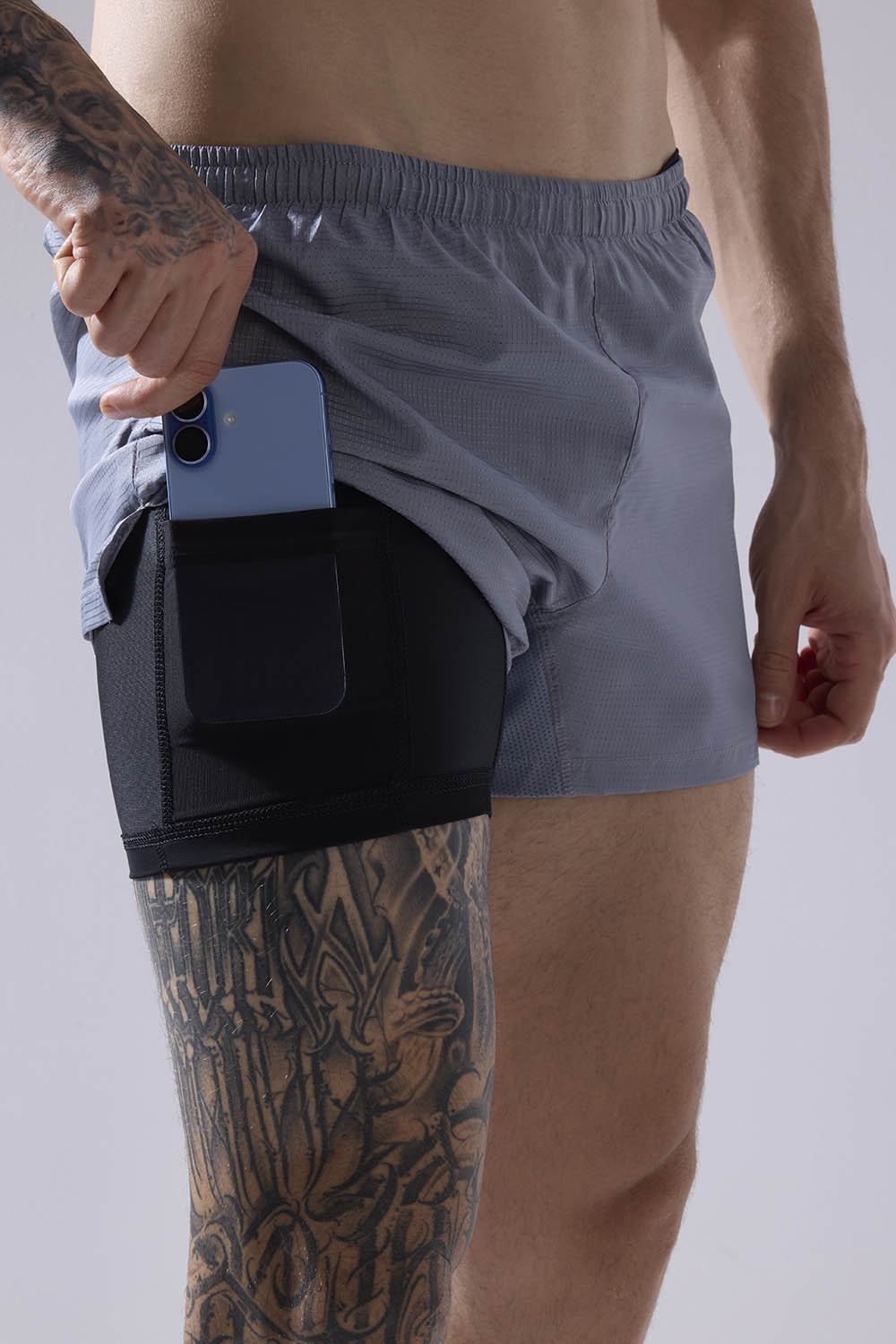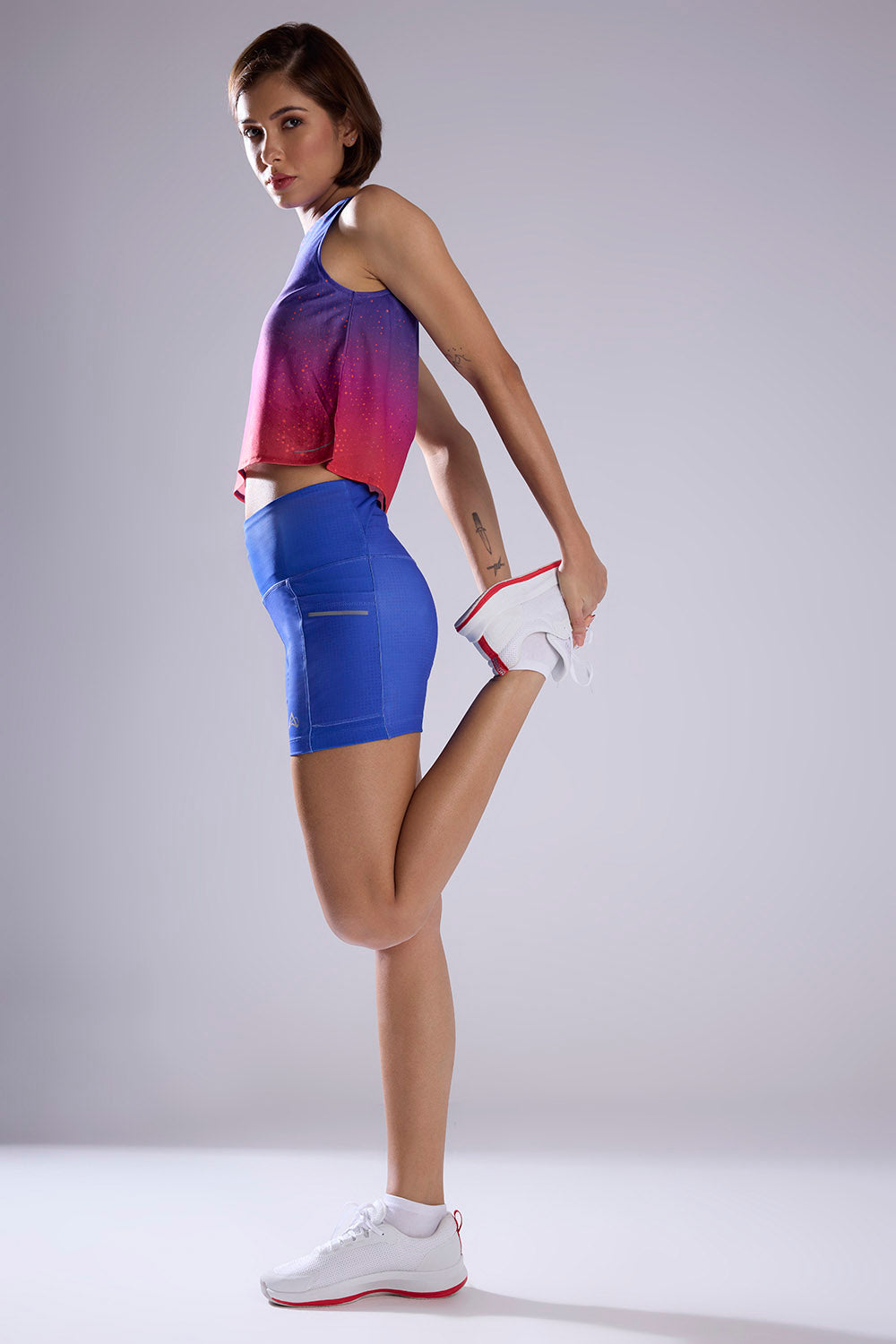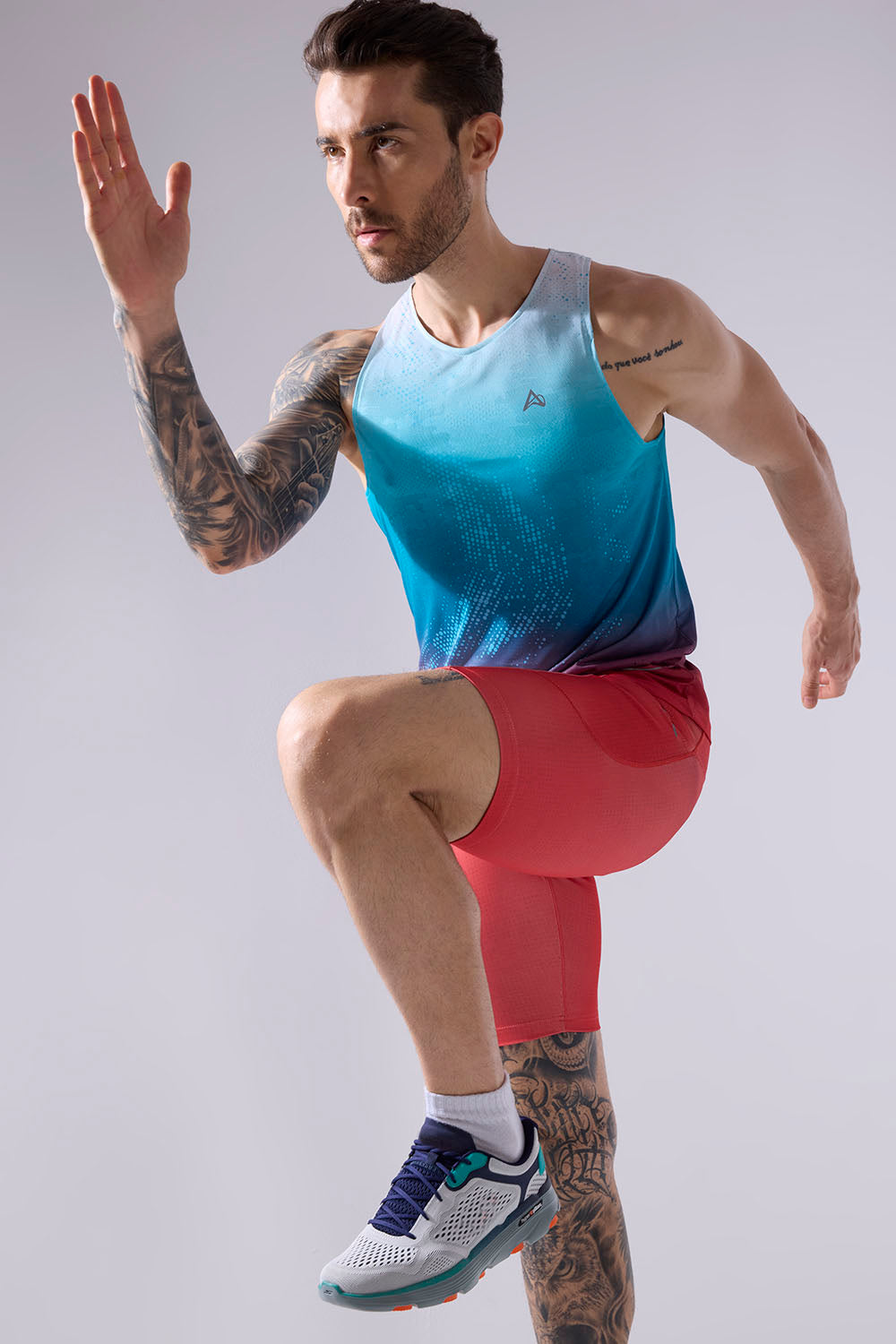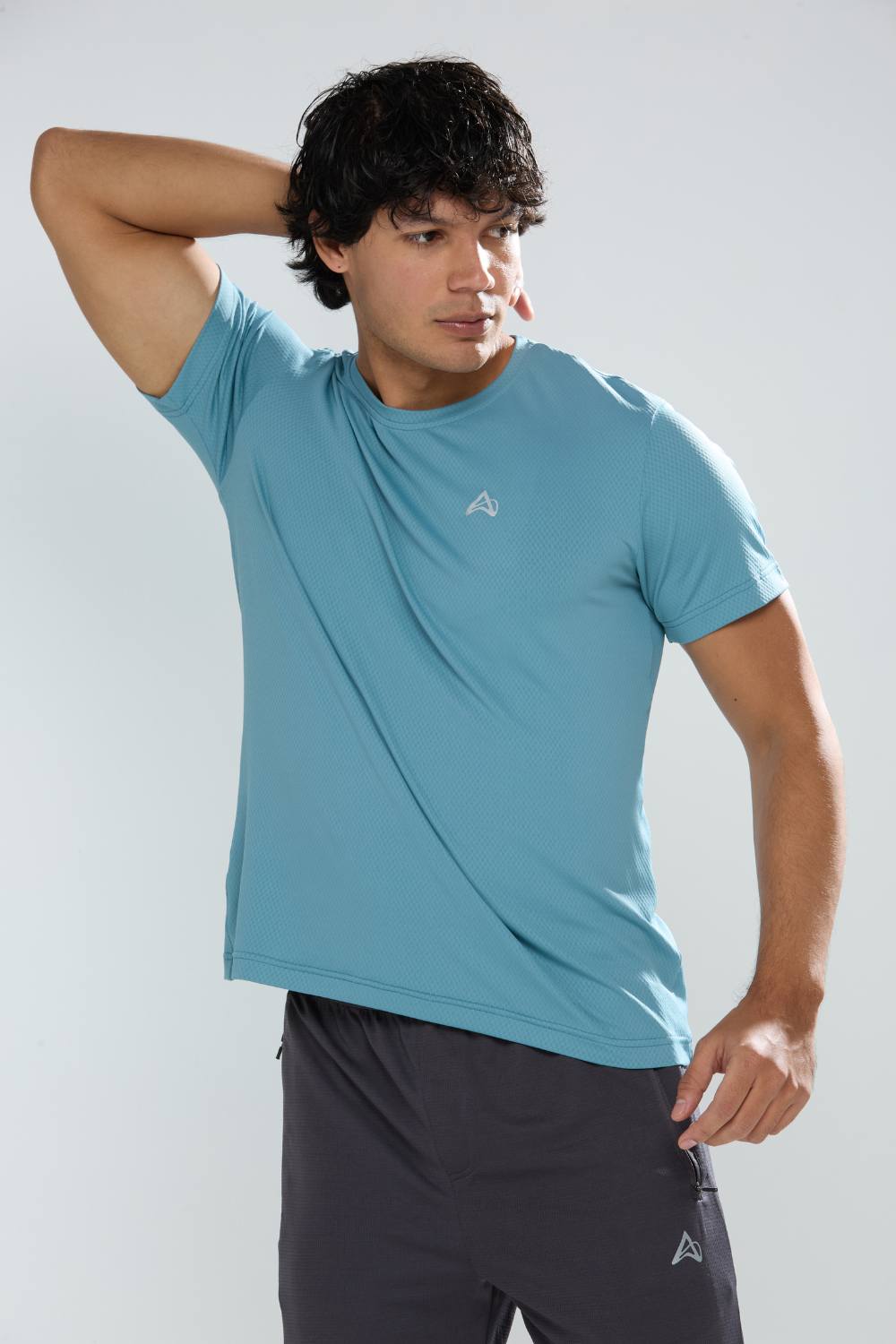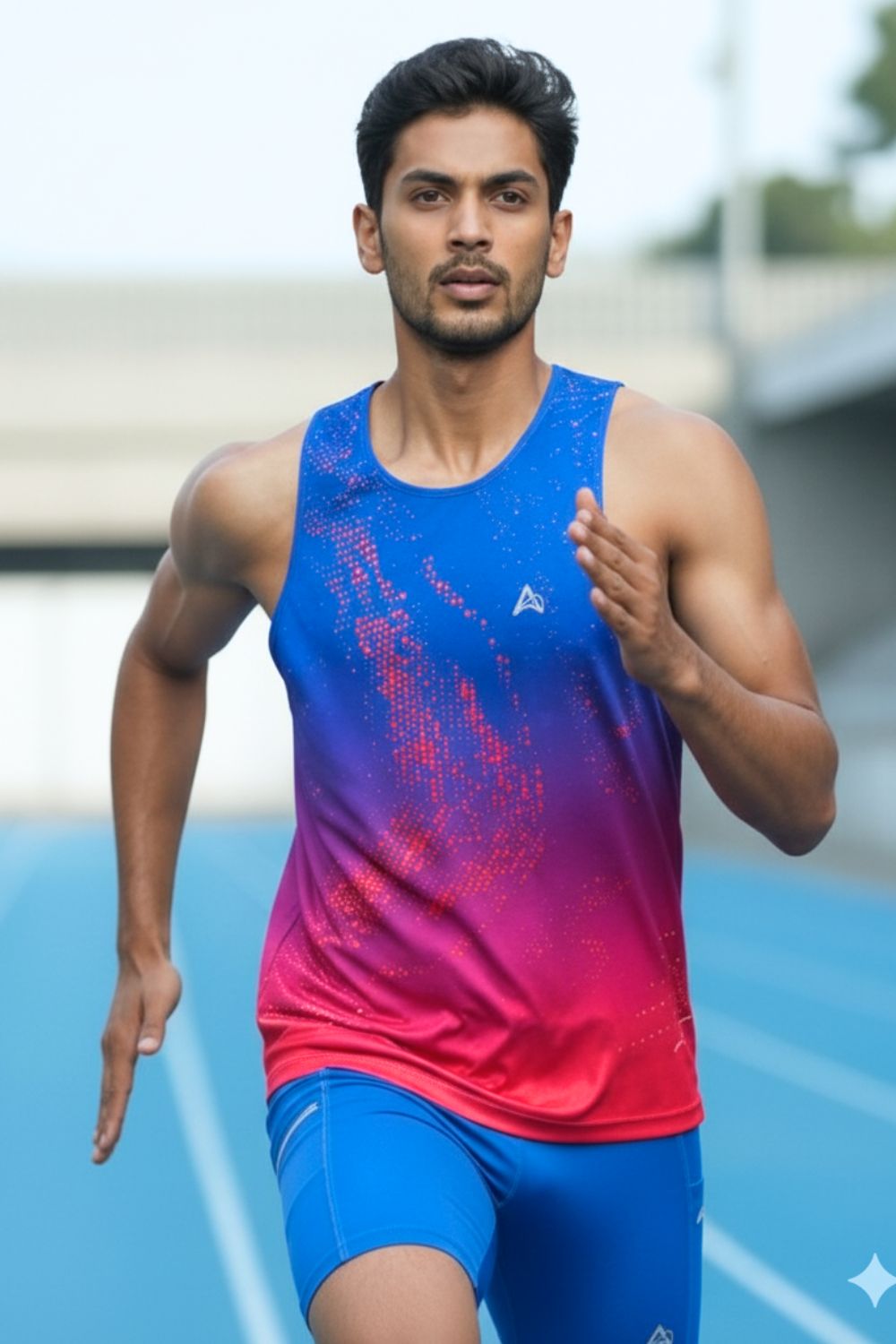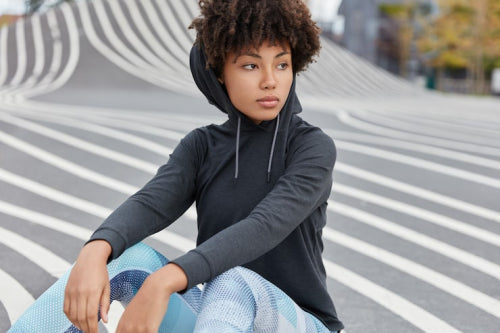Quick Listen:
In the sweltering heat of a Surat morning, a group of runners pounds the pavement along the Tapi River, their strides synced not just to the rhythm of their feet but to a growing wave of accessible fitness. No longer confined to the elite gyms of Mumbai or Bangalore, this scene plays out across India's Tier-II cities, where affordable gear like that from Aguante is turning casual joggers into dedicated athletes. It's a shift fueled by rising incomes and local innovation, making high-performance activewear a reality for everyday Indians.
Homegrown activewear brands are redefining fitness fashion by bringing climate-ready, high-performance gear to emerging runners across India's fast-growing Tier-II hubs.
Tired of gear that slows you down? Chafing, soggy fabrics, and missing pockets kill your run's momentum. At Aguante, we're runners who get it. Our high-performance activewear features moisture-wicking fabrics, ergonomic designs, and smart storage to keep you focused. Shop Now!
Fitness Expands Beyond Metros
Picture this: In Pune's bustling streets or Ahmedabad's expanding suburbs, running clubs are sprouting up like monsoon weeds. The fitness boom has leaped over the metro boundaries, landing squarely in places like Surat, Navi Mumbai, and Gurugram. Here, middle-class families with newfound disposable income are lacing up for 5K runs and yoga sessions, ditching sedentary habits for active lifestyles.
This isn't just anecdotal. India's sports ecosystem is on the cusp of a major transformation, poised to reach $130 billion by 2030, according to a report by Google and Deloitte. This growth, at a 14% CAGR nearly double the pace of India's GDP stems from government investments, digital adoption, and a multi-sport culture. Sporting goods and apparel alone are forecast to hit $58 billion by 2030, up from $25 billion in 2023, growing at 13% CAGR. For Aguante, this means opportunity: delivering gear designed for Indian running conditions from heat to humidity to unpredictable terrain at honest prices that don't demand a metro paycheck.
Aguante stands out because it isn't generic activewear. Every product tackles India's unique challenges, ensuring unmatched comfort, breathability, and performance. While big brands design abroad and slap on premium tags, Aguante obsesses over details like secure pockets that don't bounce, anti-chafing inner linings, moisture-wicking fabrics, reflective detailing, and fits tested by real runners. You move freely, carry essentials, and stay distraction-free. It's local innovation meeting global quality, built for Indian bodies, runs, and roads.
In target spots like Hyderabad and Delhi, this resonates. Runners here face dusty trails and humid dawns, not manicured tracks. Aguante's approach empowers them, turning Tier-II cities into hotspots for the brand's expansion.
Emerging Trends in Tier-II Fitness Culture
Disposable incomes are climbing, and so are the runs. In Pune, Surat, and Ahmedabad, gym memberships and local events spike asily. Middle-class spending fuels influencer challenges on Instagram and YouTube, where coaches push boundaries.
Take the marathon boom. Hyderabad and Gurugram host half-marathons and 10K races, backed by athletic clubs. These aren't elite affairs; they're community-driven, drawing crowds from Navi Mumbai's tech parks to Delhi's corporate hubs.
Influencers lead the charge. Follow handles like Barefoot Coach Shanth Koushik or Runholic Dev on Instagram they share tips on affordable gear via reels and stories. Others, such as Rajesh Parida, Fit Kaur, and Coach Amit Kumar, build communities on Facebook and YouTube too. Their endorsements highlight how Aguante's products fit into daily training, from Bangalore trails to Mumbai seafronts.
Social media amplifies this. Posts on Instagram, Facebook, and YouTube turn viewers into buyers, especially in value-conscious Tier-II areas. Here, 62% of value e-commerce growth by 2030 will come from tier-2 geographies and beyond, per Kearney's report. Value e-commerce in India is expected to balloon to $40 billion by 2030 from $4 billion in 2019, driven by budget-oriented buyers open to experimenting at the right price point.
Real-World Examples: How Accessibility Is Changing the Game
A runner in Surat slips on Aguante shorts before a humid jog they wick away sweat, prevent chafing, and hold keys securely. No distractions, just focus. This localized design lowers barriers for newcomers.
Affordable doesn't mean basic. Aguante tests with Indian runners, balancing function and cost. In Delhi and Navi Mumbai, e-commerce partnerships bring products doorstep, bypassing sparse stores.
Stories abound: A Pune office worker switches from global giants, praising the fit for Indian builds. In Ahmedabad, a group credits Aguante for marathon prep, enduring terrain without blisters. These shifts highlight how gear tailored to heat and humidity builds loyalty.
The nutraceuticals tie-in grows too supplements for performance pair with apparel, projected to reach $40.2 billion at 19% CAGR by 2030. Aguante fits into this ecosystem, enhancing runs in Gurugram's parks or Hyderabad's outskirts.
Key Challenges and Market Limitations
Old mindsets linger. In Tier-II spots, higher prices often signal quality, but influencers chip away via reviews. Trust builds slowly. Distribution lags in Surat or Navi Mumbai fewer outlets mean reliance on online. Climate demands constant tweaks; monsoon downpours test fabrics relentlessly. Aguante's local R&D gives an edge, but investment is key.
Competition heats up. Decathlon and Puma push into these cities with franchises. Yet Aguante counters with specificity: gear for Indian roads, not imported templates. Broader growth creates jobs up to 10.5 million by 2030 and $21 billion in indirect taxes. Challenges persist, but opportunities outweigh them.
Opportunities and Business Impacts
Localization wins hearts. Brands adapting to heat, terrain, and body types earn repeats. In Gurugram and Pune, athleisure blends into casual wear shorts for runs double as errands attire.
E-commerce bridges gaps, letting Surat shoppers browse without travel. Sustainability appeals to millennials; local sourcing cuts carbon, boosts appeal. Sports tourism rises to $13 billion at 9% CAGR. City races sponsor gear, amplifying brands like Aguante.
Expert Insights and Future Outlook
Experts eye Tier-II for 40% of fitness apparel growth. Government sports budgets jumped 1.6 times to $405 million recently, fueling infrastructure.Local brands like Aguante build authenticity. By 2026–2030, expect club surges, race tie-ups, and techwear for climates. Digital adoption and content explode viewership beyond cricket kabaddi, football, esports. This holistic shift powers Aguante's ride.
The Next Stride Forward
Affordable performance gear isn't merely democratizing fitness it's weaving it into India's fabric, from Bangalore's tech corridors to Surat's textile heartland. Aguante shows how honest pricing, athlete-tested designs, and local savvy can ignite a revolution. As Tier-II cities run faster, brands rooted in their realities will lead the pack, turning sweat into shared success.
Frequently Asked Questions
Why is affordable activewear important for runners in Tier-II Indian cities?
Affordable activewear like Aguante makes high-performance fitness gear accessible to middle-class families in cities like Surat, Pune, and Ahmedabad, who previously couldn't afford premium metro brands. This gear is specifically designed for Indian running conditions tackling heat, humidity, and unpredictable terrain at honest prices that don't require a metro-level income. As disposable incomes rise in Tier-II cities, locally-designed performance wear is helping transform casual joggers into dedicated athletes.
How big is India's fitness and activewear market expected to grow by 2030?
India's sports ecosystem is projected to reach $130 billion by 2030, growing at 14% CAGR nearly double India's GDP growth rate. The sporting goods and apparel segment alone is forecast to hit $58 billion by 2030, up from $25 billion in 2023, driven by government investments, digital adoption, and expanding fitness culture in Tier-II cities. Value e-commerce, which includes affordable activewear, is expected to reach $40 billion by 2030, with 62% of growth coming from Tier-II geographies.
What makes Aguante activewear different from international fitness brands in India?
Aguante designs gear specifically for Indian runners and conditions, unlike international brands that design abroad and add premium markups. Their products feature India-focused innovations like secure non-bouncing pockets, anti-chafing inner linings, moisture-wicking fabrics for humidity, reflective detailing for safety, and fits tested by real Indian runners on local terrain. This localized approach delivers global quality at accessible prices, making it ideal for the dusty trails and humid conditions found in cities like Hyderabad, Delhi, and Gurugram.
Disclaimer: The above helpful resources content contains personal opinions and experiences. The information provided is for general knowledge and does not constitute professional advice.
You may also be interested in: Exploring the Rising Demand for Specialized Running Gear in India
Tired of gear that slows you down? Chafing, soggy fabrics, and missing pockets kill your run's momentum. At Aguante, we're runners who get it. Our high-performance activewear features moisture-wicking fabrics, ergonomic designs, and smart storage to keep you focused. Shop Now!
Powered by flareAI.co

